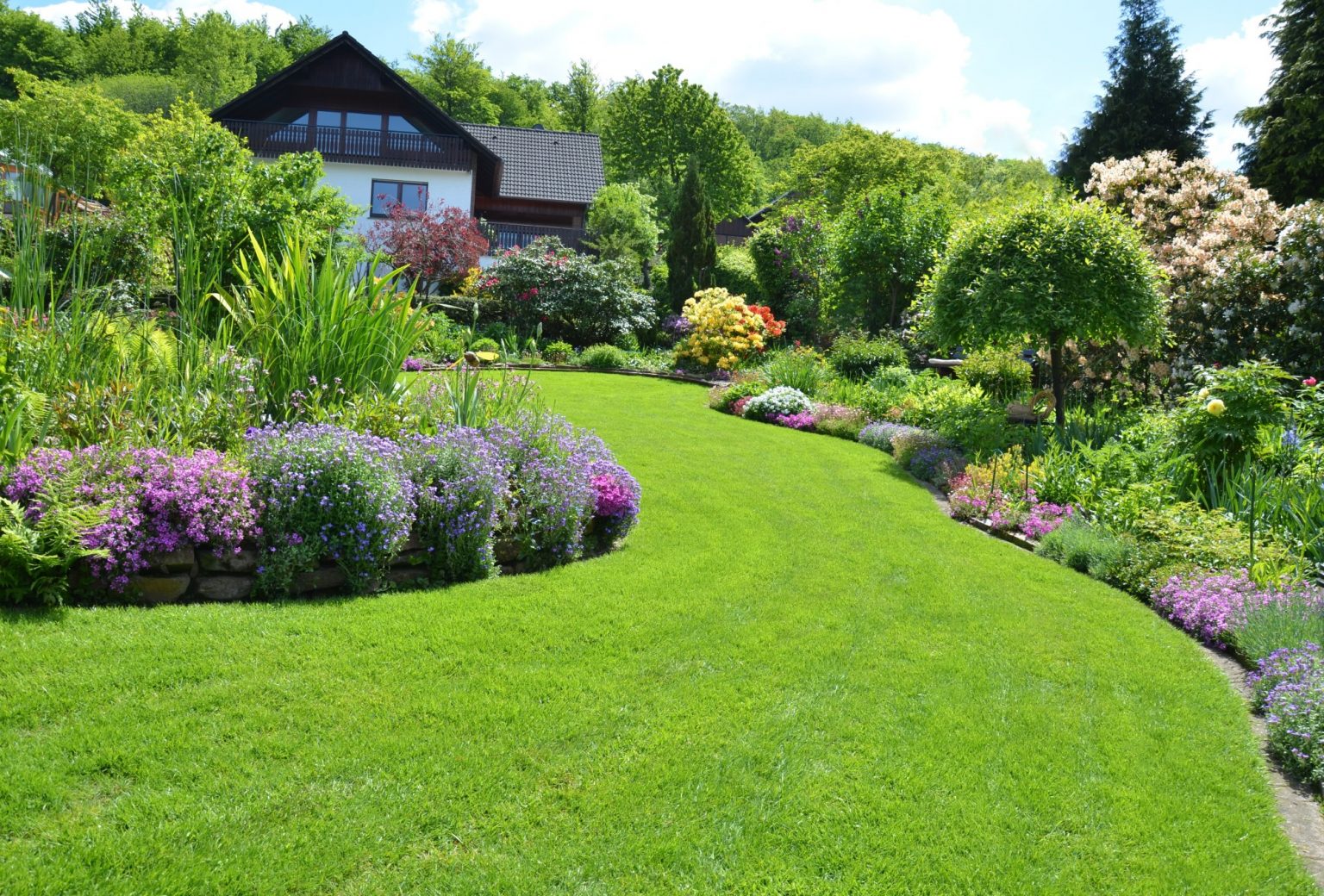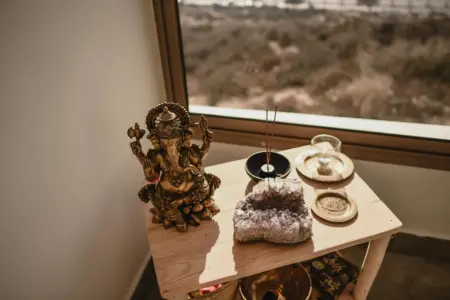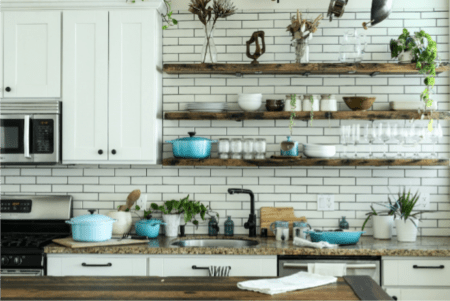Are you confused about some of the landscaping advice you’ve received? There’s a lot of conflicting information out there that adds to the confusion.
There are over 615 thousand landscaping services businesses in the US, and not all of them are equal.
Some local landscapers focus on plant health. An inexperienced lawn care company might want curb appeal, forgetting practicality.
Here are some of the best landscaping myths that exist today, with an explanation to help you understand why they aren’t true.
Composters Are Smelly
If you have a compost pile that smells, it’s not working. Be sure to alternate layers of green with dried cuttings. You have to turn your compost over, or it will suffer from a lack of oxygen. That will give it a swampy or musty smell.
Shorter Grass Reduces Mowing Times
If you don’t enjoy mowing your lawn, you might cut it short to try and reduce the number of times you need to mow. Cutting your lawn too short isn’t good for your grass, especially during a heatwave.
Your lawn will dry out, and that allows weeds to grow. The recommended height to cut your lawn is between three and five inches.
Spring Is the Only Time to Plant
While spring is a great time to plant, there are other times during the year when you might want to put in a new shrub or tree. Having some professional landscaping done in early fall will allow your shrub to establish roots before the winter.
Don’t Leave Grass Clippings on the Lawn
Grass clippings are a great source of nutrients for your lawn, and they add nitrogen. Leaving them on your lawn reduces the number of times you need to water.
A smart homeowner has a mulching mower. It chops the clippings into smaller bits, and that’s beneficial for your lawn.
Always Plant Shrubs Against a Wall
A property owner often plants along the edge of their home, but this isn’t the best location for every plant. The edge of the roof may block the rain, so you will have to water more.
Pest infestations can result. Your siding may suffer if the plant sends out shoots that cause damage. If you like the look of plants along the edge of your home, don’t crowd them against the wall. Leaving some space is one way to compromise.
Watering at Night Is Better
Early morning is the best time to water your plants. Water evaporates if you water in the middle of the day, and sometimes water burns your plants. If you water them at night, you slow down evaporation, but that encourages fungi to breed.
Newspaper or Cardboard Prevent Weeds
This mulching practice slows weeds down but doesn’t prevent them entirely. It does prevent water from penetrating the layer if you apply them too thickly. One layer of cardboard or five sheets of newspaper is enough.
Best Landscaping Practices Have Changed
Some of these techniques may have worked in the past, but times have changed. The best landscaping practices balance practicality with beauty. You’ll be happy you took the time to learn the truth.
Did you find this article helpful? If so, be sure to use the simple search feature for more landscaping information. You can find more advice in the Home and Decor tab.











